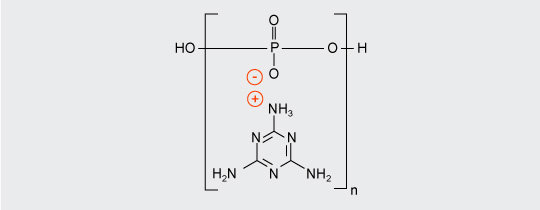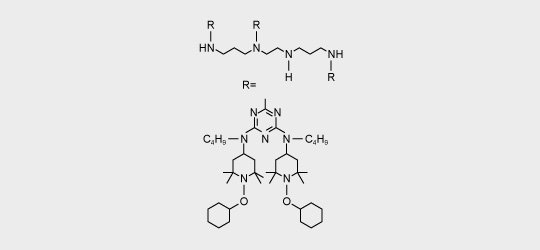The rapidly growing global e-mobility industry requires new, innovative flame retardants and demand keeps increasing massively
Compared to classic cars with combustion engines,
more
ECHA Suggestion of classification, labelling and also restriction of selected chlorinated flame retardants paves the way for an increased need for halogen free flame retardants
The European Chemicals Agency ECHA recently propos
more
The Working Group „Flame Retardants“ brings together many participants from the flame retardants value chain and celebrates Prof. Manfred Döring’s well-deserved retirement
Finally, the meeting of the working group “F
more
“ECOFRAM" addresses the need for more sustainable flame retardants and showcases developments from science and industry
The International Conference on Eco-Friendly Flame
more
RoHS: Impact study finds positive results, review process has started
The importance of RoHS, the restriction of hazardo
more
“Fire Resistance in Plastics" addresses the need for flame retardants for e-mobility – halogen-free solutions in clear focus
The Fire Resistance in Plastics is one of the most
more
Nitrogen
Mode of action: Nitrogen-containing flame retardants may act by the release of inert gases (ammonia, nitrogen) into the gas phase or by condensation reactions in the solid phase.
Important nitrogen-containing flame retardants are:

Melamine is mainly used for flame retarding polyurethane flexible foams for upholstered furniture in homes (UK and Ireland), as well as in railway and aircraft seats.

Melamine cyanurate (MC) is used in reinforced polyamide 6 and 66.

Melamine polyphosphate (MPP) is used in glass fiber reinforced polyamide 6 and 66. Together with metal phosphinates it shows a synergistic effect.

Melamine poly(zinc- or aluminum)phosphates have a synergistic effect with metal phosphinates in polyamides and polybutylene terephthalate, as well as with aluminum and megnesium hydroxide in cable applications.

Melamine-based HALS (Hindered Amine Light Stabilizer) is used in polyolefin films. The mode of action is based on the enhanced degradation of the polyolefin by radicals, which may also act in the gas phase.